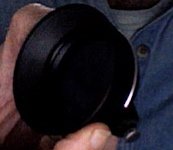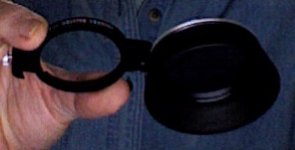Luddite Frank
Well-known
I'm making-up a shopping-list of filters for my various RF user-cameras, and would like to get some polarizers.
I see two types offered by the major mfrs, such as Tiffen, Hoya, et al:
Circular Polarizer and Linear Polarizer.
The info I've found so far suggests that the Circular Polarizers were designed primarily for Auto-focus cameras "but will work with manual-focus as well".
Is one type better-suited for use with an RF camera ?
To date, I have only used polarizers with SLR cameras, where you can see exactly the filter's effect on the image...
How does one "Set" a Polarizer when working with a rangefinder ?
Thanks...
Luddite Frank
I see two types offered by the major mfrs, such as Tiffen, Hoya, et al:
Circular Polarizer and Linear Polarizer.
The info I've found so far suggests that the Circular Polarizers were designed primarily for Auto-focus cameras "but will work with manual-focus as well".
Is one type better-suited for use with an RF camera ?
To date, I have only used polarizers with SLR cameras, where you can see exactly the filter's effect on the image...
How does one "Set" a Polarizer when working with a rangefinder ?
Thanks...
Luddite Frank




